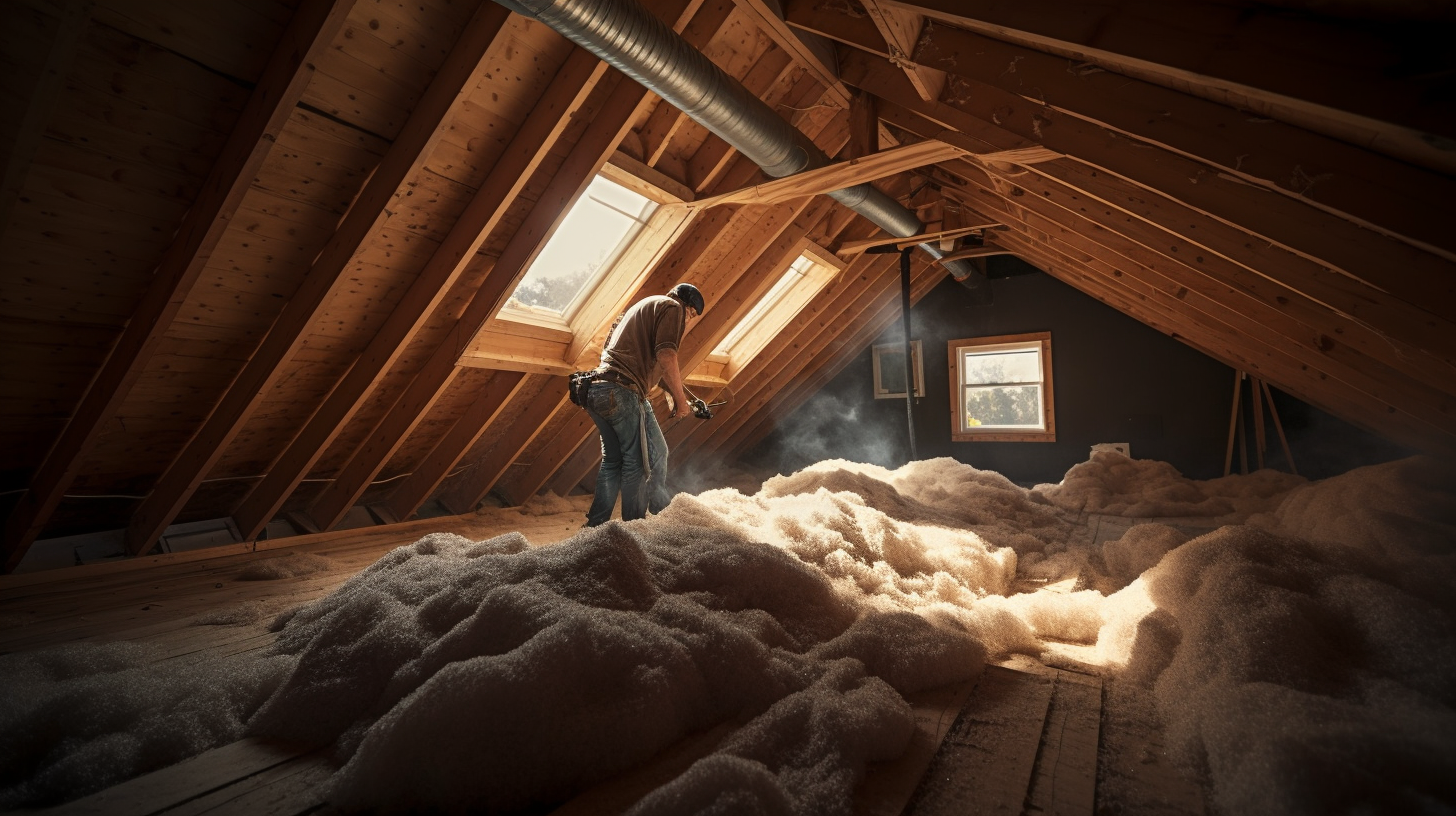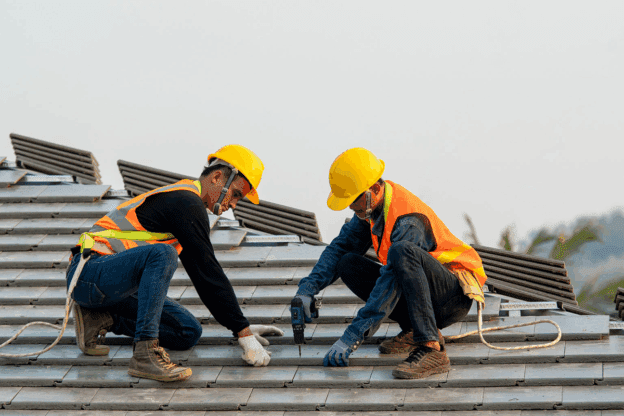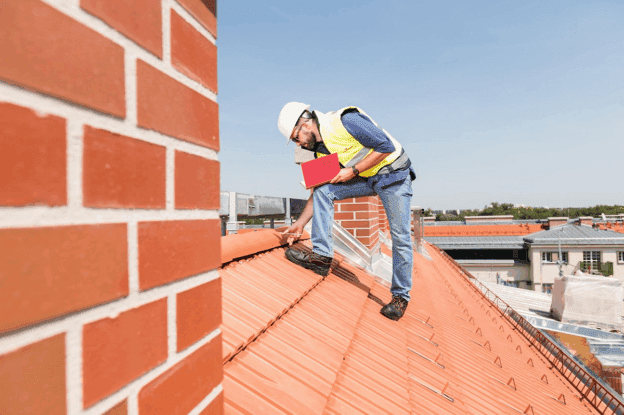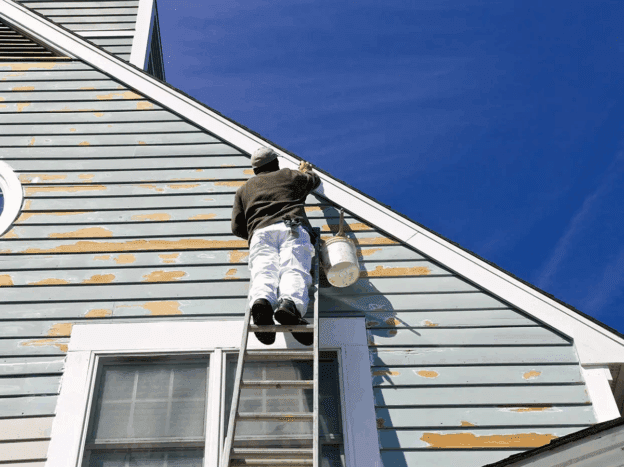
The Cost of Insulation: Budgeting Tips for Homeowners
When it comes to managing home expenses, insulation often takes a backseat, overshadowed by more immediate concerns. However, getting insulation right can significantly impact long-term savings and comfort. Homeowners frequently overlook how crucial it is to budget effectively for this often overlooked yet vital home upgrade.
Investing in quality insulation not only boosts energy efficiency but can also reduce heating and cooling costs over time. By understanding the costs associated with different types of insulation and exploring various installation options, homeowners can make informed decisions that fit their financial plans. This guide delves into practical tips to help navigate insulation costs and ensure a wise investment in home comfort and energy savings.
Different Types of Insulation Costs
When assessing insulation options, understanding the costs associated with each type is crucial. Different materials and methods can significantly impact your budget and long-term savings. Here’s a breakdown:
- Fiberglass Batts: These are among the most affordable options, offering reasonable performance at a lower cost. Installation is relatively simple, making them a popular choice for many homeowners.
- Spray Foam Insulation: Known for its superior air-sealing properties, spray foam is more expensive but provides exceptional energy efficiency. The higher cost can be offset by significant savings on energy bills over time.
- Rigid Foam Boards: Offering high insulation values, rigid foam boards are ideal for specific applications like basement walls. They are pricier than fiberglass but provide better thermal resistance.
- Cellulose Insulation: Made from recycled paper, cellulose is cost-effective and environmentally friendly. It offers good thermal performance and can be a budget-friendly choice for various applications.
- Reflective or Radiant Barriers: These are often used in attics to reflect heat. They are relatively inexpensive and can enhance the performance of existing insulation, making them a cost-effective addition.
Evaluating these options helps in making an informed decision that aligns with both budget and energy efficiency goals.
How Insulation Impacts Your Energy Bills
The effectiveness of insulation directly influences monthly energy expenses. Properly insulated homes maintain more stable temperatures, reducing the reliance on heating and cooling systems. This efficiency translates to lower energy bills. For example, homes with high-quality insulation can cut heating and cooling costs by up to 30%. The initial investment in good insulation pays off over time as energy savings accumulate.
Effective insulation not only keeps your home comfortable but also contributes to significant reductions in utility costs. Evaluating the impact of insulation on energy bills helps homeowners justify the expense by considering the potential for substantial long-term savings.
Budget-Friendly Insulation Materials to Consider
When working with a tight budget, finding cost-effective insulation materials can make a significant difference. Fiberglass batt insulation, often among the least expensive options, offers a good balance of performance and cost. Cellulose, made from recycled paper, is another budget-friendly choice that provides decent thermal performance and is environmentally friendly.
Reflective or radiant barriers, while more niche, can be a cost-effective addition in specific situations like attics. Each of these materials provides a way to improve your home’s insulation without breaking the bank. Exploring these options can help homeowners achieve better energy efficiency while staying within budget constraints.
Costs of Insulation Installation Methods
Selecting the right insulation installation method is crucial for managing costs effectively. Various techniques come with their own price tags and benefits, impacting both upfront expenses and long-term savings.
- Blown-In Insulation: Ideal for retrofitting, blown-in insulation can be cost-effective for existing walls and attics. It requires specialized equipment for installation, which can affect overall costs but offers good coverage and efficiency.
- Spray Foam Insulation: Known for its superior air-sealing properties, spray foam insulation comes with a higher price point. Its high R-value and ability to seal gaps make it a worthwhile investment for energy efficiency.
- Fiberglass Batts: One of the most economical options, fiberglass batts are relatively affordable and easy to install. They are well-suited for new constructions or accessible areas but may require professional installation for best results.
- Rigid Foam Boards: Providing high insulation values, rigid foam boards are used in specific applications like basement walls or exterior insulation. The cost can vary based on thickness and type, offering durability and effectiveness.
- Reflective or Radiant Barriers: Often used in attics to reduce heat gain, reflective barriers are generally budget-friendly. They work best in hot climates and can be an economical addition to other insulation types.
Understanding these installation methods helps homeowners make informed choices, balancing cost and efficiency to achieve the best insulation solution for their needs.
Hidden Costs in Insulation Installation Projects
Beyond the apparent costs of purchasing and installing insulation, several hidden expenses can arise. For example, preparing the area for installation might involve removing old materials, repairing damage, or addressing moisture issues, all of which add to the overall cost.
Additionally, some insulation types, like spray foam, may require professional installation, which can be more costly than DIY options. Homeowners should also consider the potential costs of future maintenance or adjustments. Being aware of these hidden costs helps in planning a realistic budget for insulation projects and avoids unexpected financial surprises.
Balancing Quality and Cost in Insulation Choices
Striking the right balance between quality and cost is essential when selecting insulation. Higher-quality materials often come with a higher price tag but can offer better performance, greater energy savings, and longer durability. Conversely, opting for cheaper materials might save money upfront but could lead to higher energy costs or frequent replacements.
Evaluating the long-term benefits of higher-quality insulation against its initial cost is crucial. Homeowners should consider both immediate expenses and potential future savings to make an informed choice that aligns with their financial and comfort goals.
Long-Term Savings from Proper Insulation
Investing in high-quality insulation can lead to substantial long-term savings. Proper insulation minimizes heat loss in winter and keeps cool air inside during summer, reducing the need for heating and cooling. Over time, these energy savings can offset the initial cost of insulation.
For instance, a well-insulated home can see significant reductions in energy bills, often recouping the investment within a few years. Additionally, quality insulation can improve overall home comfort and potentially increase property value. Evaluating the long-term financial benefits of proper insulation helps homeowners understand the value of their investment beyond immediate costs.
Insulation Upgrades That Add Home Value
Upgrading insulation can enhance a home’s market value and appeal to potential buyers. Energy-efficient features are increasingly attractive to homebuyers, and superior insulation is a key component. Homes with updated, high-performance insulation often see a boost in value, as it indicates lower future energy costs and increased comfort.
Certain types of insulation upgrades, such as those improving soundproofing or environmental sustainability, can make a property stand out in the market. Investing in insulation not only improves the home’s performance but can also contribute to a higher resale value, making it a smart investment for homeowners.
Planning for Insulation Maintenance Expenses
While insulation typically requires minimal maintenance, planning for potential expenses is still important. Over time, insulation can settle, shift, or become damaged, which may necessitate repairs or replacements. Some types of insulation, like spray foam, may need occasional checks to ensure they continue to perform effectively.
Regular inspections can help identify any issues early, preventing more costly repairs later. Factoring these potential maintenance costs into the overall budget ensures that homeowners are prepared for the long-term upkeep of their insulation, helping to maintain its efficiency and effectiveness over time.
Financial Benefits of Insulation for Older Homes
Upgrading insulation in older homes offers significant financial advantages, leading to improved energy efficiency and reduced utility bills. This investment not only enhances comfort but also adds value to the property.
- Lower Energy Costs: Updated insulation helps retain heat in winter and cool air in summer, leading to reduced energy consumption and lower utility bills.
- Increased Property Value: Modern insulation can make an older home more appealing to buyers, potentially increasing its market value and resale potential.
- Enhanced Comfort: Proper insulation minimizes drafts and temperature fluctuations, improving overall home comfort and reducing the need for frequent adjustments to heating and cooling systems.
- Reduced Maintenance Costs: Newer insulation materials are less likely to require frequent repairs or replacements, leading to long-term savings on maintenance.
- Environmental Benefits: Improved insulation contributes to a smaller carbon footprint by reducing the home’s energy consumption and reliance on heating and cooling systems.
Investing in modern insulation for older homes not only provides immediate financial benefits but also enhances long-term value and comfort.
Considering the costs and benefits of insulation is essential for making informed decisions that balance budget and efficiency. By understanding various types of insulation, their impact on energy bills, and the hidden costs involved, homeowners can better plan their investments. Quality insulation not only improves comfort but also delivers long-term savings and can enhance property value.
For those looking to navigate the complexities of insulation choices and installations, Tidal Remodeling offers expert guidance. Contact Tidal Remodeling at +1 (760) 990-7890 to explore your options and ensure a cost-effective insulation solution tailored to your home. Start enhancing your home’s energy efficiency today with professional advice and support.



